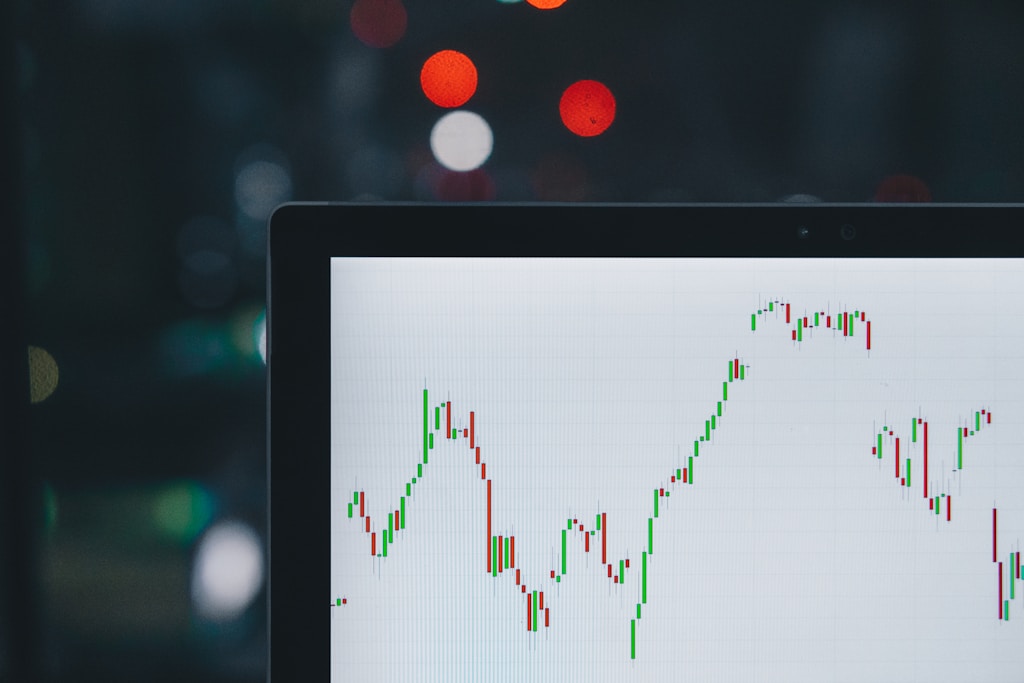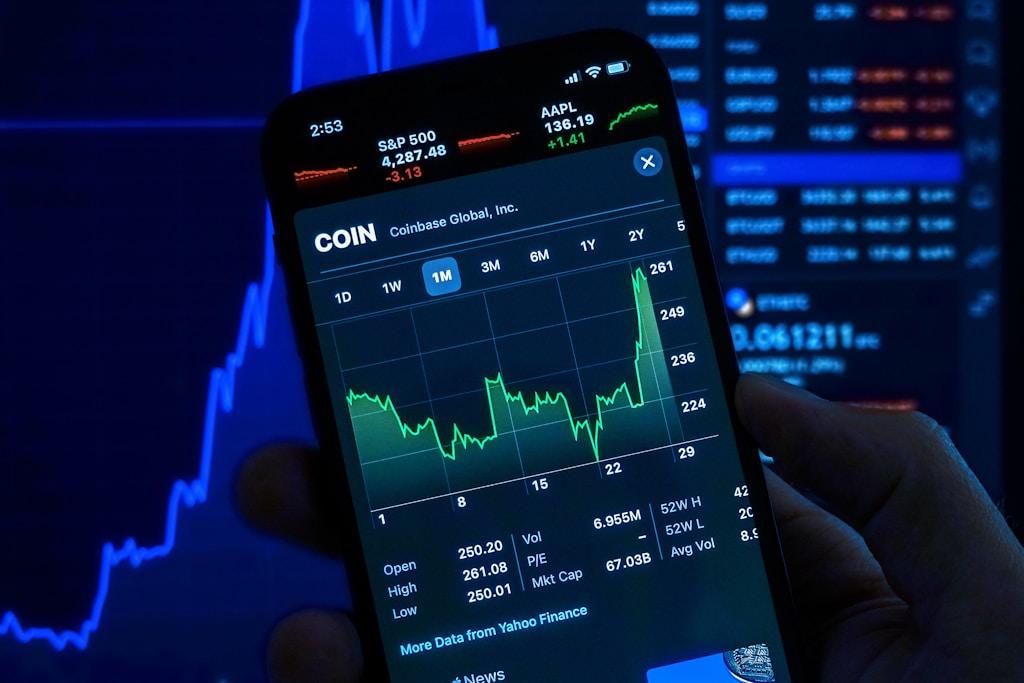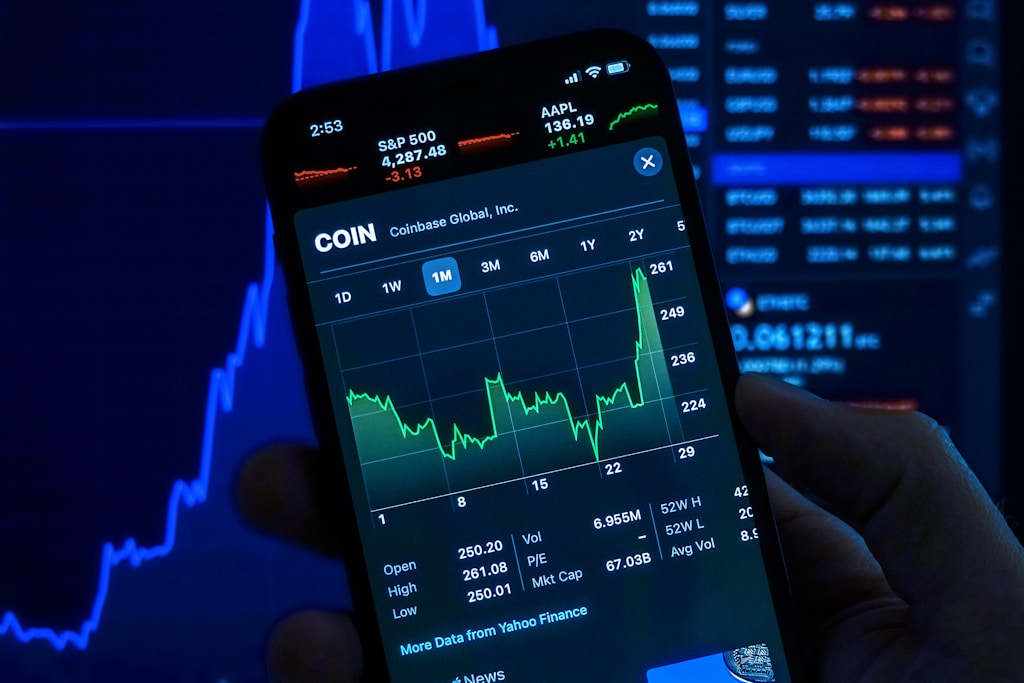The European Union’s latest move to impose retaliatory tariffs against the United States has sent shockwaves through the cryptocurrency market, with Bitcoin (BTC) dropping 8% amid escalating global trade tensions. This comprehensive analysis examines the impact of the EU’s decision and its implications for crypto investors.
Key Takeaways:
- EU member states approve retaliatory tariffs against U.S.
- Bitcoin price drops 8% in response to trade war escalation
- Traditional markets suffer deeper losses with S&P 500 and Nasdaq down over 10%
- Implementation begins April 15, 2025
EU’s Retaliatory Measures Explained
The European Commission has announced the implementation of countermeasures against U.S. tariffs on steel and aluminum imports. This follows President Trump’s recent tariff announcements that have already triggered significant market volatility.
Impact on Crypto Markets
The cryptocurrency market has shown significant sensitivity to these macroeconomic developments:
- Bitcoin (BTC) has declined 8% since the announcement
- Traditional markets have experienced even steeper drops
- Trading volumes have surged as investors seek safe havens
SPONSORED
Navigate market volatility with up to 100x leverage on perpetual contracts
Economic Implications
The European Commission has stated that these tariffs are “unjustified and damaging,” highlighting the potential for broader economic consequences. Recent analysis suggests that escalating trade tensions could paradoxically benefit Bitcoin as investors seek alternative stores of value.
Market Outlook
While immediate market reaction has been negative, historical patterns suggest that crypto markets often demonstrate resilience during periods of traditional market stress. Traders should monitor these key levels:
- BTC support levels around current prices
- Traditional market correlation patterns
- Trading volume indicators for potential trend reversals
FAQ Section
How will the EU tariffs affect crypto markets long-term?
While short-term volatility is expected, historical data suggests crypto markets often decouple from traditional assets during prolonged economic uncertainty.
What are the key dates for traders to watch?
April 15, 2025, marks the implementation of EU tariffs. Traders should monitor market reactions around this date.
How can investors protect their portfolios?
Diversification across different crypto assets and maintaining appropriate position sizes remain crucial risk management strategies.



